Negotiating A Cap on Controllable Operating Expenses in a Commercial Lease
In the context of commercial real estate, particularly with triple net (NNN) leases, the allocation of operating expenses is a key component. NNN leases typically allow landlords to pass through the cost of operating a property to tenants. While this arrangement provides a predictable revenue stream for landlords, it can be challenging for tenants who have limited control over these costs. As a result, landlords and tenants sometimes negotiate a limit on the landlord’s ability to pass through to the tenant increases on those elements of a building’s operating cost where the landlord has some ability to exert control over cost to provide tenants with some protection against unpredictable cost increases.
What Are Controllable Operating Expenses?
Controllable operating expenses refer to costs associated with the operation and maintenance of a property over which the landlord has a significant degree of control. Unlike uncontrollable expenses—such as taxes, insurance, and utilities—controllable expenses are those that the landlord can influence through decisions about property management and vendor selection.
Typically, controllable operating expenses include costs for general maintenance, non-unionized labor, landscaping, administrative expenses, and property management fees. The definition of what constitutes controllable versus uncontrollable expenses can vary from lease to lease, and it is crucial for both landlords and tenants to clearly outline these categories in the lease agreement.
Why Cap Controllable Operating Expenses?
The primary reason for capping controllable operating expenses is to provide tenants with a level of predictability and protection from potential cost escalations. In NNN leases, tenants are responsible for their proportionate share of operating expenses, which can fluctuate based on the landlord’s management decisions. Since tenants do not typically have a say in selecting vendors or negotiating contracts, they are at the mercy of the landlord’s choices.
By capping controllable operating expenses, tenants can limit their exposure to cost increases that are within the landlord’s control. This cap helps ensure that tenants are not subject to excessive or unjustifiable increases in operating costs, providing a more stable financial environment for budgeting and planning.
Impact of a Cap on Controllable Operating Expenses
The implementation of a cap on controllable operating expenses impacts both the landlord and the tenant in several ways:
1. Tenant Protection: For tenants, a cap provides financial predictability, allowing them to anticipate their total rental costs more accurately. It protects tenants from excessive increases in costs that could result from the landlord’s management decisions.
2. Landlord Considerations: While a cap limits the landlord’s ability to pass through all operating costs, it also incentivizes efficient property management. Landlords must carefully manage controllable expenses to stay within the agreed-upon cap. However, landlords may negotiate specific exclusions from this cap, such as costs associated with significant building upgrades or regulatory compliance.
3. Negotiation Dynamics: The negotiation of the cap’s terms, including whether it is compounding or non-compounding, significantly affects the lease’s financial dynamics. A non-compounding cap limits the increase in controllable expenses to a fixed percentage each year, regardless of the prior year’s costs. This can penalize landlords who maintain low costs in one year, as they cannot recoup these savings in subsequent years. In contrast, a compounding cap allows for a consistent percentage increase year-over-year, providing landlords with more flexibility in managing expenses.
Key Considerations in Negotiating a Cap on Controllable Expenses
1. Defining Controllable vs. Uncontrollable Expenses: It is essential to clearly define what expenses fall under the category of controllable versus uncontrollable. Common uncontrollable expenses include utilities, unionized labor costs, insurance, taxes, costs that vary with occupancy or use, expenses related to regulatory compliance, and the cost of snow removal. These exclusions are typically agreed upon to protect landlords from absorbing costs that are beyond their control. Costs that are not specifically identified as uncontrollable are generally treated as controllable expenses.
2. Compounding vs. Non-Compounding Caps: As mentioned, the choice between a compounding and non-compounding cap can have a significant impact on the functioning of a cap. A non-compounding cap, which bases the amount of the annual increase in the cap amount on the previous year’s actual expenses, can be restrictive for landlords. On the other hand, a compounding cap, which allows for a consistent percentage increase regardless of prior costs, offers landlords more protection against fluctuations in expenses.
3. Roll Forward Provisions: Some lease agreements may include a roll forward provision, which allows landlords to carry over unrecouped controllable expenses to future lease years if the cap in that future year is not fully utilized. This provision can provide landlords with a mechanism to recover costs that were temporarily restricted by the cap, ensuring that they receive a benefit for effectively managing costs in subsequent years.
Conclusion
Capping controllable operating expenses in a commercial lease can be a tool for tenants to protect against unanticipated cost increases while encouraging landlords to manage expenses prudently. By carefully negotiating the terms of these caps, including the definition of controllable expenses, the nature of the cap (compounding or non-compounding), and the potential for roll forward provisions, both parties can achieve a fair and balanced agreement. As with any lease negotiation, clarity and specificity in defining terms are paramount, ensuring that all parties understand their rights and obligations under the agreement.



